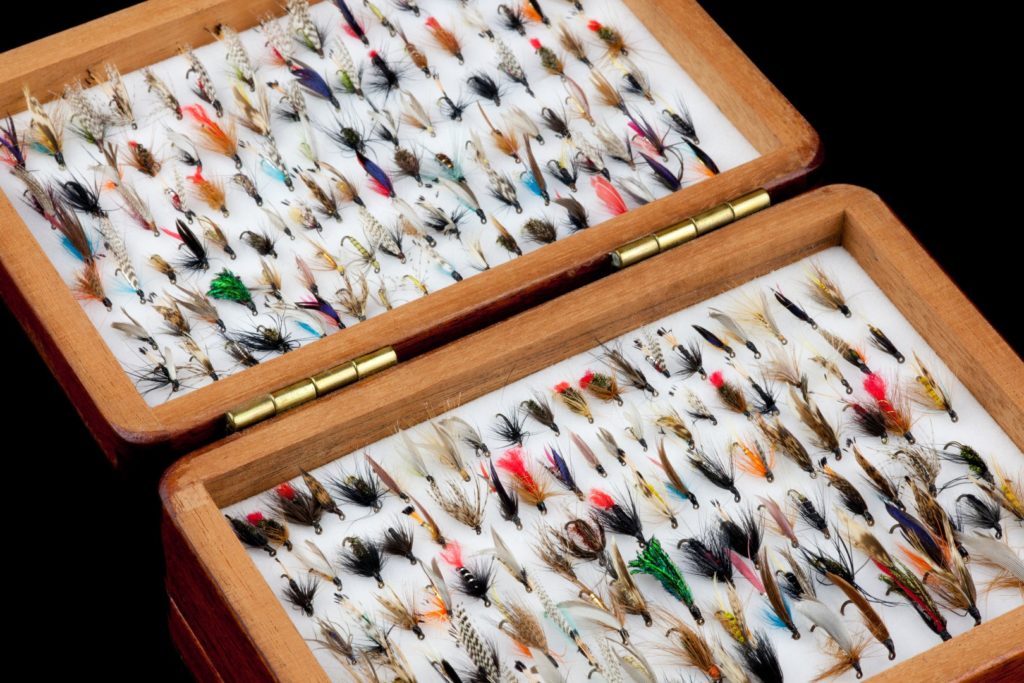Match the Hatch in Fly Fishing
 One of the greatest challenges of fly fishing is to “match the hatch”, that is, to choose a fly which most closely resembles the predominant insect on the stream at the time during which you fly fish. The emergence of aquatic insects is fondly referred to as the “hatch” by fly fishers. The fish eat insects throughout the course of the day which vary in size, color and species. These tips provide valuable information on how to observe the stream and select a fishing fly which will be most successful in luring fish to bite.
One of the greatest challenges of fly fishing is to “match the hatch”, that is, to choose a fly which most closely resembles the predominant insect on the stream at the time during which you fly fish. The emergence of aquatic insects is fondly referred to as the “hatch” by fly fishers. The fish eat insects throughout the course of the day which vary in size, color and species. These tips provide valuable information on how to observe the stream and select a fishing fly which will be most successful in luring fish to bite.
- Research what insects are hatching at the time of year and time of day that you are fishing. There is information online that lists insect hatches by location. Your task is to figure out which one is hatching when you’ll be fishing there and match it.
- Bring all the fly fishing flies that mimic what could be hatching on your trip.
- Observe the surface of the water to identify what insects the fish are feeding on. Having a basic knowledge of entomology (the study of insects), or having an insect identification guide will help.
- Sit down along the bank for a moment and identify which insects are flying around the bushes or above the water. Notice insect size and color, then try to identify the species.
- Look through your fly box and choose the fly that closely resembles the insect you see.
- Select the best location to stand and cast. Insects on the water will be floating at the speed of the current, so cast into the current and let your fly float at the proper speed. Insects along the bank will often fall into the water off branches or grass, so try standing away from the shore and casting back along the bank.
- Identify how insects are landing on the water, and try to mimic this with your fly. If the insects are big and splash when landing on the water, make the fly hit the water with a splash. If the insects struggle or skitter on the surface, twitch the fly slightly to give it motion.
- Experiment with different sizes or colors of flies and make sure that the presentation and cast are correct for the type of fly you are fishing.
More Tips
- If the fish refuse the fly, adjust the color slightly until you find what the fish are wanting.
- Heavy line can make small flies float unnaturally, so try switching to a small diameter leader or tippet.